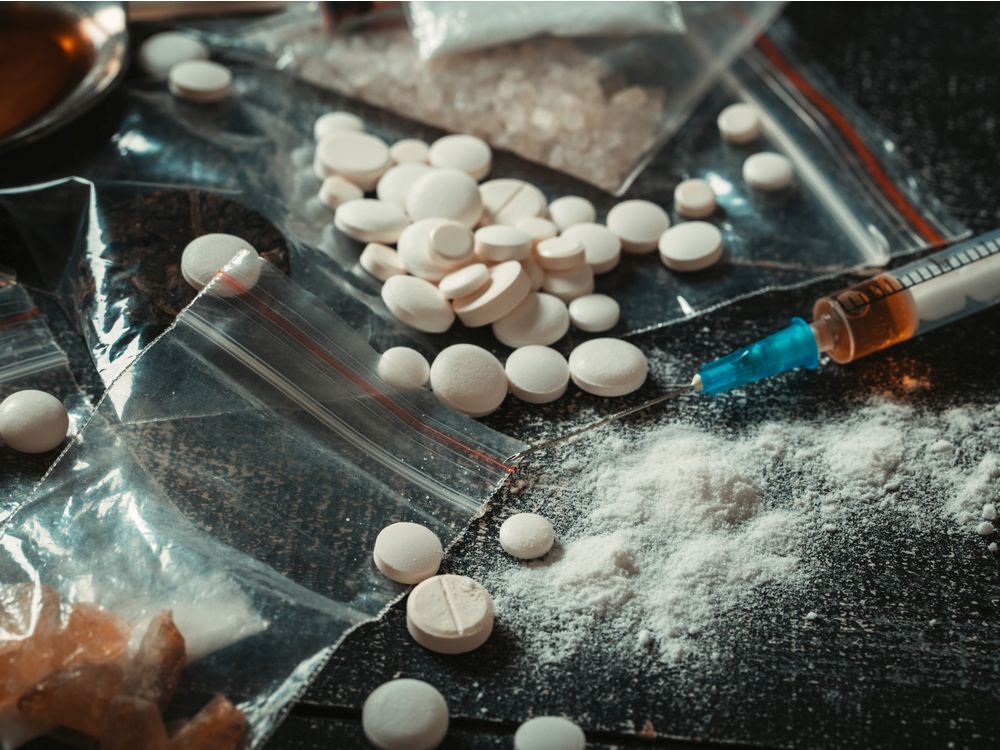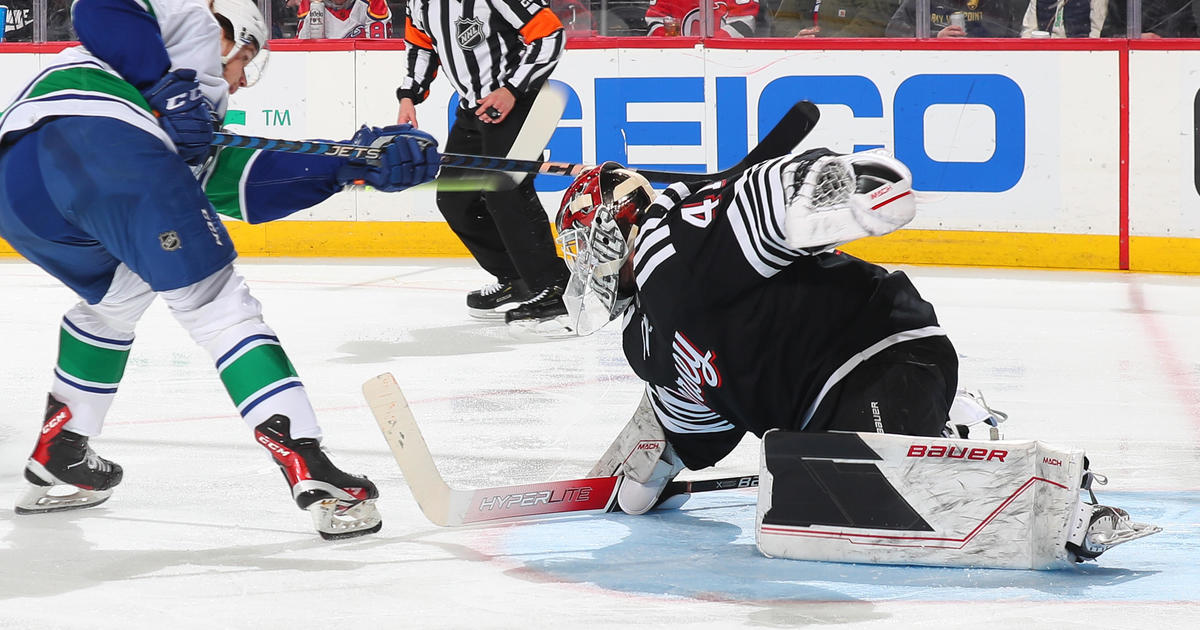“The Tragic Irony of BC’s Emphasis on Harm Reduction: Highest Opioid Death Rate in Canada”
Breadcrumb Trail Links
Opinion: Despite the many firsts in BC, Alberta has a far lower mortality rate after prioritizing treatment
Photo by iStockphoto/Getty Images
content of the article
In 2022 – the seventh year of a public health emergency – the number of British Columbians who died from the toxic supply of street drugs was the second-highest on record, at least 2,272.
advertising 2
This ad has not yet loaded, but your article continues below.
SIGN UP TO UNLOCK MORE ARTICLES
Create an account or log in to continue your reading experience.
- Access items from across Canada with one account
- Share your thoughts and join the discussion in the comments
- Enjoy additional articles per month
- Receive email updates from your favorite authors
content of the article
At least 65 children were among the dead.
By clicking the subscribe button, you agree to receive the above newsletter from Postmedia Network Inc. You can unsubscribe at any time by clicking on the unsubscribe link at the bottom of our emails or any newsletter. Postmedia Network Inc | 365 Bloor Street East, Toronto, Ontario, M4W 3L4 | 416-383-2300
Thanks for registering!
content of the article
2021 was worse, with a record 2,306 deaths.
While most deaths have been in Vancouver, Surrey and Greater Victoria, the north has the highest death toll.
Over the years, the demographic structure has remained unchanged. They are mostly men, mostly between the ages of 30 and 59. Most of them die at home. Nobody calls for help. Help comes no sooner than when some form of intervention could have put them on a different path.
The single deadly thread that runs through everything is seemingly ever-increasing concentrations of fentanyl, no matter what drug the user chooses to purchase.
The failure to alleviate the misery, despair, grief and suffering is a horrifying indictment, especially as the government has spent more than $1 billion on new services and resources since the public health emergency was declared in 2016.
advertising 3
This ad has not yet loaded, but your article continues below.
content of the article
But an indictment against whom?
The BC government was flogged by Chief Coroner Lisa Lapointe during the press conference where the figures were released. She and others accused British Columbians of stigmatizing drug users and not caring enough to get help.
But for more than a decade, the advice the government has received from Lapointe, the provincial health commissioner, the BC Center on Substance Use, the city of Vancouver and others has focused heavily on keeping people from dying.
At her urging, British Columbia has had many firsts.
In March 2020, it became the first jurisdiction in the world to offer addicts free pharmaceutical-grade heroin, benzodiazepines, methamphetamines and alcohol on prescription, but without the requirement that they be taken under medical supervision.
advertising 4
This ad has not yet loaded, but your article continues below.
content of the article
It was the first in North America to have a monitored injection site, a government-funded supply of pharmaceutical substitutes for illicit drugs, and a vending machine dispensing pharmaceutical-grade heroin.
As one of the first companies to establish a methadone program, BC followed increased access to other opioid substitution therapies, including suboxone and hydromorphone (pharmaceutical-grade heroin).
BC led the way in making naloxone free and widely available to reverse the effects of an opioid overdose, establishing drug control agencies, and hiring peer counselors.
In 2019, the provincial health officer, Dr. Bonnie Henry said these measures would have prevented 60 percent of overdose deaths. Their 49-page report that year contained a single recommendation: decriminalization.
advertising 5
This ad has not yet loaded, but your article continues below.
content of the article
Now British Columbia is the first country in Canada to decriminalize so-called hard drugs for personal use.
But here comes the worst first. By a wide margin, British Columbia remains No. 1 when it comes to deaths per 100,000 — 42.1 for the first six months of 2022. Within the Northern Health Authority, the number rose to 60 deaths per 100,000 people.
In Alberta, where the focus has instead been on streamlining access to treatment and recovery, the rate was 34.9. And although Ontario had the highest number of deaths, the rate was 16.9 per 100,000, less than half the British Columbia average.
No group is more deeply and devastated than First Nations people, who die at five times the rate of other British Columbians. They make up just 3.4 percent of the population and are responsible for over 15 percent of toxic drug deaths, with Indigenous women dying 9.8 times as often as other women in BC.
advertising 6
This ad has not yet loaded, but your article continues below.
content of the article
The First Nations Health Authority and the BC Union of Indian Chiefs have long supported harm reduction, including decriminalization. But they’ve also consistently spoken about the need for resilience and recovery.
They have advocated a four-pronged approach that includes addressing the root causes of addiction, including intergenerational trauma from residential accommodation, poverty and homelessness.
This includes helping people make healthier choices than turning to drugs or alcohol for comfort, building healthier communities, and using everything from western medicine to traditional ceremonies to not only keep people alive, but to help them develop.
Outside of Indigenous communities, there hasn’t been much talk about these types of conversations since the early 2000s, when Vancouver City Council championed a four-pronged approach.
advertising 7
This ad has not yet loaded, but your article continues below.
content of the article
Back then, one of those pillars was enforcement. Back then, nearly 400 people were dying a year — there wasn’t a deadly fentanyl laced into almost every drug sold on the street. So it’s not entirely surprising that damage reduction has come to the fore.
Since the public health emergency was declared, billions have been spent, 11,000 people have died and the crisis has only worsened.
“To say that we need exceptional action, resources and funding is a no-brainer,” said Dr. First Nations Health Authority’s Nel Weiman at the press conference. “It’s not so much that COVID has justified more, but we have to ask why the toxic drug crisis is getting less?”
Weiman, Lapointe and others suggest this is because British Columbians have stereotyped and stigmatized all those who use street drugs.
advertising 8
This ad has not yet loaded, but your article continues below.
content of the article
But I would argue that people care and have given up trusting the pundits and politicians to know what they are doing.
More than 20 years after the passage of the first four-pillar plan, the first recommendation of the November report of the all-party Legislative Committee had a retro ring.
Government must “quickly build a flexible, evidence-based, accessible, comprehensive continuum of care that encompasses the social determinants of health, prevention and education, harm reduction, safer care, and treatment and recovery.”
BC families and communities have paid a terrible price to return to the future.
But eventually only the tiniest of minorities may believe that providing an endless supply of free, “safe” medicines is enough to keep people breathing, but barely alive.
advertising 9
This ad has not yet loaded, but your article continues below.
content of the article
-
First Nations women overrepresented among toxic drug deaths in BC: Doctor
-
5 Things to Know About BC’s Decriminalization of Possession of Drugs for Personal Use
-
Decriminalization alone is not enough, experts warn
-
Ian Mulgrew: Why BC’s decriminalization experiment won’t stop drug deaths and misery
Support our journalism: Our in-depth journalism is possible thanks to the support of our subscribers. For just $3.50 per week you get unlimited Ad-Lite access to The Vancouver Sun, The Province, National Post and 13 other Canadian news sites. Support us by subscribing today: The Vancouver Sun | The province.
Share this article on your social network
Display 1
This ad has not yet loaded, but your article continues below.
Comments
Postmedia strives to maintain a lively but civilized discussion forum and encourages all readers to share their opinions on our articles. Comments may take up to an hour to be moderated before they appear on the site. We ask that you keep your comments relevant and respectful. We’ve turned on email notifications – you’ll now receive an email when you get a reply to your comment, there’s an update on a comment thread you follow, or when a user you follow comments follows. For more information and details on how to customize your email settings, see our Community Guidelines.
Don’t miss interesting posts on Famousbio










